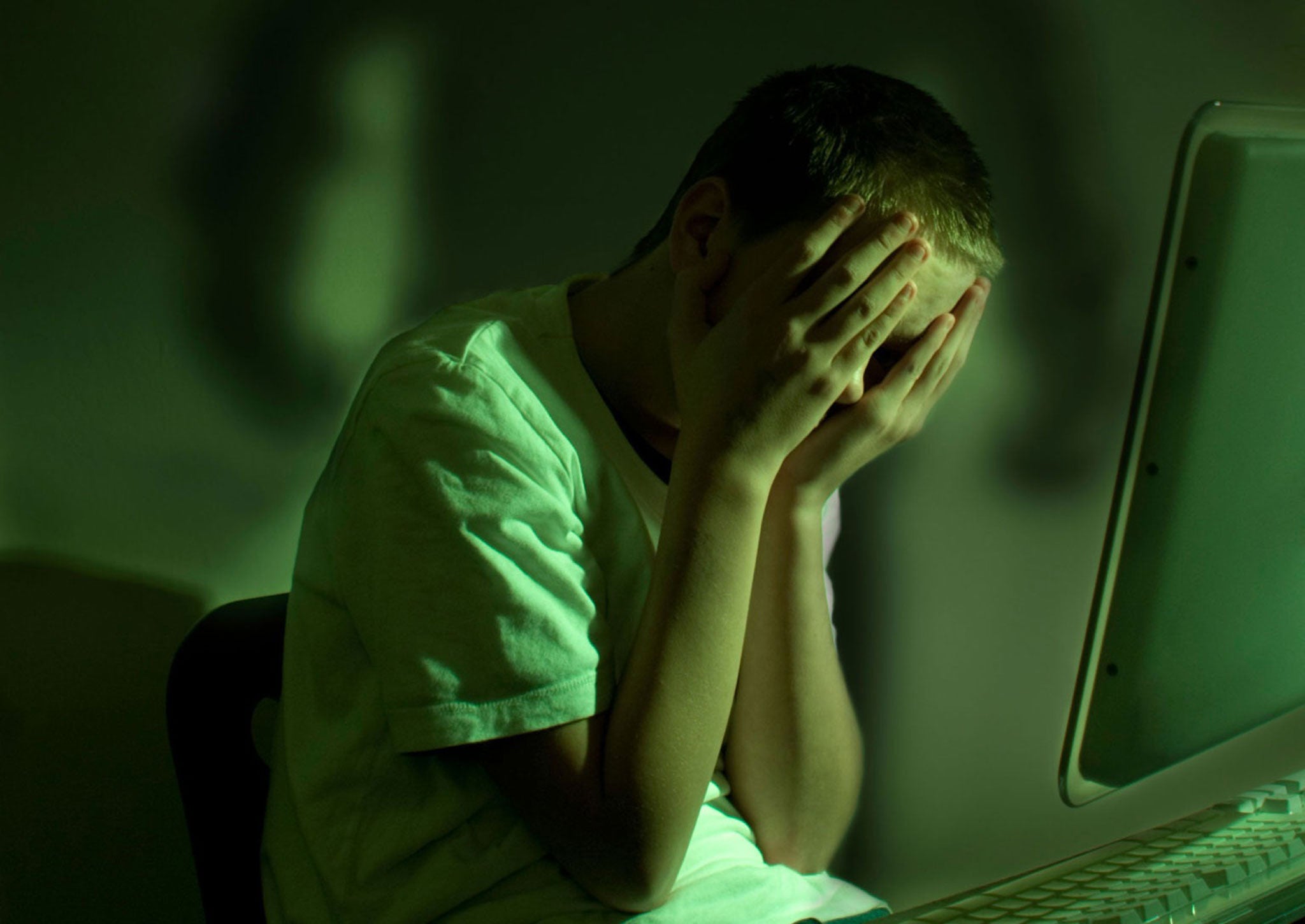Bullying is bullying, be it online or off
Fascination with online bullying is often more about the medium than the message

You may remember the awful case of Hannah Smith, a 14-year-old girl who took her own life this summer. Before she died, Hannah was subjected to a barrage of anonymous abuse on the website Ask.fm, and her fate became a national news story that reminded many adults of just how little they knew of their children’s lives online. “We’ve lost Hannah in the most horrendous way imaginable,” said Hannah’s distraught father, David. “It’s time something was done so that no other family has to go through this.”
Aaron Dugmore’s name is probably less familiar. Aaron was nine when he killed himself in February. He was subjected to racist bullying by a group of older pupils at his school in Birmingham. He was allegedly threatened with a plastic knife, and told: “Next time it will be a real one.”
It would be too reductive for anyone not intimately connected to either case to say that bullying “caused” these deaths: suicide is never simple. It would, likewise, be abhorrent to create some sort of hierarchy of such tragedies. Everyone would agree with this. And yet Hannah Smith’s name is known, and Aaron Dugmore’s is not. Why?
The answer to this, at least, is straightforward enough: Hannah Smith was bullied online. For complicated reasons, we find online bullying shocking in a way that the traditional variety never is. Playground bullying is vile, yes. No one would condone it. And yet for most adults it has resonances that are familiar, and therefore, somehow, less ominous. There were bullies in The Beano, and they would take your lunch money and call you names. But what does that sepia version of childhood cruelty have to do with the age of social networks? Hannah Smith was subjected to the taunts of nameless trolls who urged her to kill herself. How does anyone who grew up before the digital era even begin to make sense of that?
This is one of the most profound markers of the divide that the internet has carved between generations. The width of that gap has been emphasised by a depressing set of survey results that have just been released by the Anti-Bullying Alliance. For 55 per cent of children, the survey found, online abuse is part of everyday life. But 44 per cent of teachers said they didn’t know how to react to cyber-bullying. And 40 per cent of parents said the same thing.
The Anti-Bullying Alliance is right to be concerned, and it identifies important characteristics of online bullying that are new. Bullies can be anonymous, and are therefore freed from the shackles of accountability; their abuse can remove what little control victims do have, by making bullying something that can take place without even their presence; and what might once have been limited local humiliations can suddenly be played out on a frightening global scale, so that video footage of a violent incident at a school in Edinburgh might be laughed at by YouTube users in Los Angeles. These are genuinely novel features.
But that acknowledgement needs a major caveat which is not part of the discussion often enough: the perpetrators of bullying are still people, exhibiting ordinary human nastiness, and when bad things happen, they are not the product of some abstract, inhuman evil that inhabits your family’s wireless router.
It is hard for older people to understand the extent to which young people’s lives are lived online now, such that the clumsy distinctions we generally make between on and offline life are becoming less and less relevant. That means that abuse in the classroom is almost bound to seep into abuse on the Facebook wall. A separate persona for the internet, a barrier that delineates what we type from what we say? That idea makes about as much sense as suggesting that conversations held over the phone somehow don’t count – or that when bad things happen after a phone conversation, it is the handset itself that is at fault. One clear marker of our somewhat irrational horror at this kind of suffering above other childhood traumas is how persistent are the tropes of cyber-bullying in spite of the marked lack of useful data on the subject. There are quite a lot of surveys looking at the ways that children experience online cruelty, but hardly any academic data comparing its prevalence with face-to-face abuse. And yet a cursory glance at the media’s treatment of both would make you think that these days the average comprehensive is an idyll of sensitivity and compassion, protecting its charges from demons that are only unleashed when they switch on their PCs.
This is not surprising: the internet is still just new enough that it makes ordinary things seem exotic, whether love affairs or political protests. And it is quite sensible for anti-bullying charities to attempt to capitalise on this interest. All the same, until someone finds data that suggests otherwise, we might cautiously say that at least some of the lurid headlines on the subject are the product not of a change in the way we live, but of an older generation’s ghoulish fascination.
Modern childhood is too often portrayed as a kind of science-fiction dystopia, full of stalker paedophiles and illicit chemicals. We may think we are looking out for our children with this obsession – but in the process, we are pushing them further away from us. We are forgetting that in reality, Aaron Dugmore and Hannah Smith were victims of the same terrible thing.

Join our commenting forum
Join thought-provoking conversations, follow other Independent readers and see their replies